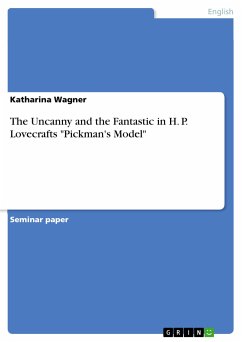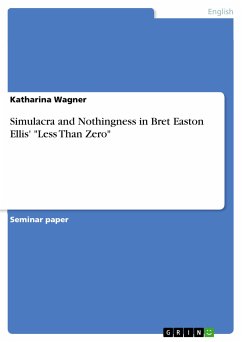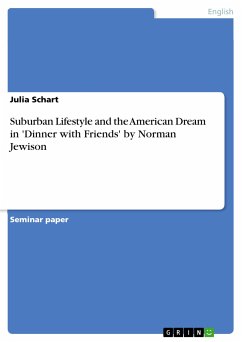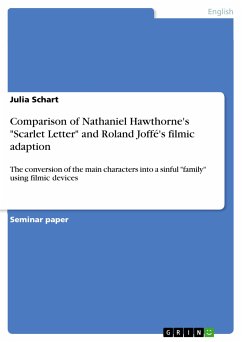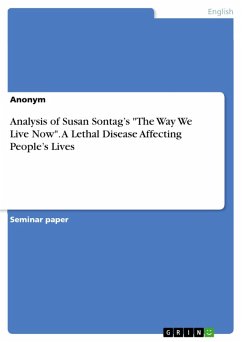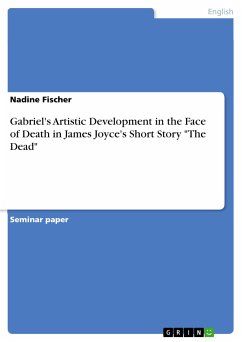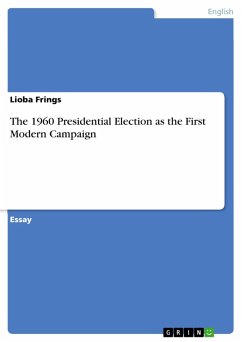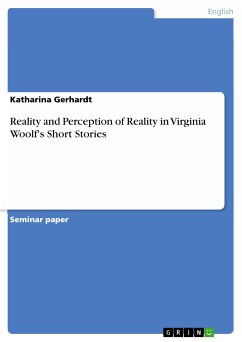Seminar paper from the year 2016 in the subject English Language and Literature Studies - Literature, grade: 2,0, University of Cologne (Englisches Seminar I), course: The Weird and the Fanstastic in the American Gothic, language: English, abstract: One of the most influential horror writers of the early twentieth century is indeed Howard Phillips Lovecraft, born in 1890, who influenced a great number of other writers of his time and after his time. With his seeking for more than the logical everyday life, Lovecraft has become a cult figure in the horror community and for readers of supernatural fiction. Lovecraft created distinct universes filled with mythology and ancient monsters, with protagonists fighting their own demons and inner struggles. With his short story "Pickman's Model", published in 1926, the reader gets a fictional portrayal of the painter Pickman and the narrators report of various weird and strange happenings with the artist. On the base of this short story by Lovecraft, this paper will in the first two chapters examine the theories of Sigmund Freud's "The Uncanny" and Tzvetan Todorov's "The Fantastic", their characteristics and how exactly "Pickman's Model" applies to the theories, since both play a big role in gothic and horror literature genres. In the last chapters, this paper will work out, which literary and aesthetic effects these theories have in a text, regarding "Pickman's Model". With these analyses, this paper will in most terms be able to answer the questions which elements make a horror story effective, how Lovecraft's story fits into the context of similar literary genres such as the fantastic, the uncanny and the marvelous and what makes a horror story, that is meant to evoke fear and dread in the reader, so appealing to many people, in the context of Lovecraft's techniques.
Dieser Download kann aus rechtlichen Gründen nur mit Rechnungsadresse in A, B, BG, CY, CZ, D, DK, EW, E, FIN, F, GR, HR, H, IRL, I, LT, L, LR, M, NL, PL, P, R, S, SLO, SK ausgeliefert werden.

